Welcome
In this episode, we delve into the subject of Endangered Species. This is a logical step from our previous episode about Conservation Status (Episode 68).


Watching Episode 70
You can watch Episode 70 in its entirety as FREE video on demand. Click here to go to the archived episode. It’s ad-free on Archive.org. Click here to see Episode 70.
Watching in Segments
Episode 70 is available in three shorter segments, each about 10 minutes is duration.
Click Here to see Segment 1.
Episode 70 Overview
We jump right into the topic of Endangered Species with a review of the ZooBooks® Issue on Endangered Species. This issue explores the animals in danger of extinction, the causes of their endangerment, and the organizations working to prevent the extinction of species by various means. (We explore what these organization do in detail in Episode 71).
Please NOTE
Due to an error in reading the tele-prompter, the opening of this episode is a bit confusing. My comments made it sound like the publication Zoo Books® was responsible for animals being endangered! Of course that makes no sense. My script was written for me to say…
…….but the rate of extinction has increased dramatically since the Industrial Revolution have had a negative impact on the habitats of animal and plant life…..
My words came out something like …..Zoobooks have had a negative impact…. Naturally, I regret this error. I think I was reading a note on my script to hold up the copy of Zoobooks’ Endangered Species edition. I’m sorry for any confusion, and I certainly hold Zoobooks® in high regard.
Back to the Overview
Since we use birds as examples of endangered species, this episode includes a video about birds – a 10-minute video presentation. We further feature books by National Geographic® that focus on places that preserve habitat for endangered species. We list books with their ISBNs below on this web page. We spotlight birds that have recovered from endangered status – more success stories of the Endangered Species Act and the Environmental Protection Agency(the ESA and EPA respectively). Herons and egrets are good examples, featuring photography by Cal Holman (www.calHolmanPhotography.com).
This episode also features Ducks Unlimited, one of the first private organizations to protect habitat and support hunting regulations for waterfowl. That brings us to hunting and the role of guns, which inspired commentary from host John Letz about the role of hunters in managing wildlife and on the need to limit war-type weapons that allow the murder of so many victims in school shootings.
Germane to the report on an animal, we explore how to find and report the conservation status of animals from Wildlife Cards® and other sources – focusing on the language used for communicating this information.
Language Objectives
Recognize the terms used to denote an animal’s conservation status to locate information. Recall and note a portion of the information presented in a video presentation about a familiar subject (birds and conservation status).
Academic Content Objectives
Science: Life Science: List 3 sources of threats to animals that are considered endangered. Explain what the label of Endangered Species means. List facilities that exist partly to support animals facing endangerment of extinction. Explain the cause/effect relationship between actions by humans and declines in animal populations. Explain the role of hunters in managing wildlife populations.
Social Studies: Give examples of government agenciesthat work to support animals that are endangered. List some Non-Government organizations that support wildlife and work to prevent their extinction. Identify sources of information on facilities designed to support wildlife. Explainthe concept of habitat fragmentation and programs designed to address this issue. Explain how private individuals organize to address threats to waterfowl. Trace to role of certain economic activity (the feather trade) in the decline in certain bird populations, and the cause/effect relationship in banning that activity.
Videos Used in Episode 70
Click here to watch the video RUE Birds. Ad-free on Archive.org, click here.
Geese flying in V formation
Ducks Video Footage with duckling
Books Used in This Episode
We featured a table-full of books in Episode 70. Here are their titles and the ISBNs – numbers that identify them for finding copies.
ZooBooks® Endanger Species Issue. ISSN 0737-9005. ZooBooks® are available for subscription at ZooBooks.com.
Animal Kingdoms by the National Geographic Society®. Subtiled Wildlife Sanctuaries of the World. ISBN 0-7922-2734-4. Has 200 pages of text and color photos.
Natural America by T.H. Watkins by the National Geographic Society®. ISBN0-7922-7060-6. Has 200 pages of text and outstanding color photos ©1998.
The Making of the National Parks: an American Idea by Kim Heacox, published by the book division of the National Geographic Society®. This book contains a foreword by President Jimmy Carter. ISBN 0-7922-7293-5. Traces the development of the National Parks in the U.S.A, ©2001. Has 190 pages of text and historic photos.
Exploring Canada’s Spectacular National Parks. Photographed by Raymond Gehman, published by the National Geographic Society®. ISBN 0-7922-2735-2 ©1995 NGS. Has 200 pages of jaw-dropping photography and text.
Enduring Treasures: National Parks of the World, by National Geographic Society® featuring various writers and photographers. ISBN 0-7922-7864-X ©2000. Has 200 pages of text and beautiful color photos from all parts of the world. Visit www.NationalGeographic.com.
Yellowstone to Yukon by Douglas H Chadwick and Photos by Raymond Gehman; Published by National Geographic Society®. ISBN 0-7922-7862-3. It’s about the conservation initiative Y2Y. Has 200 pages of text and outstanding photos ©2000 NGS. Visit nationalgeographic.com.
Daily Courier® of Grants Pass, Oregon; “Oregon Declares Marbled Murrelet Endangered” Weekend, February 11, 2018. Visit thedailycourier.com.
Learning Materials

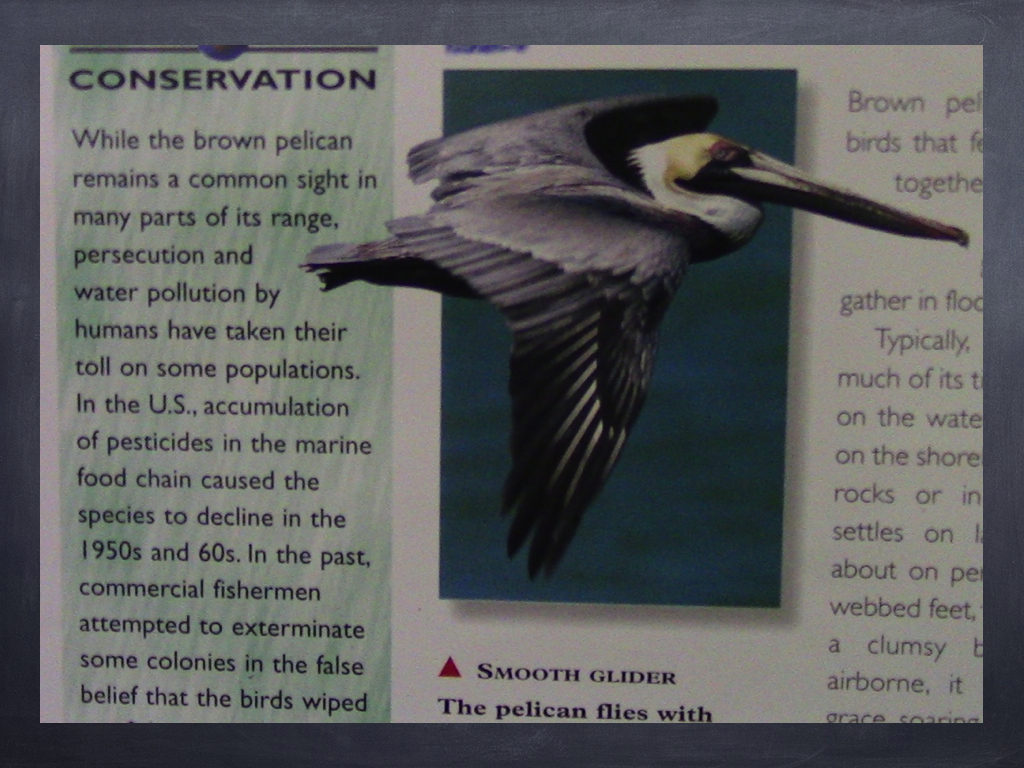
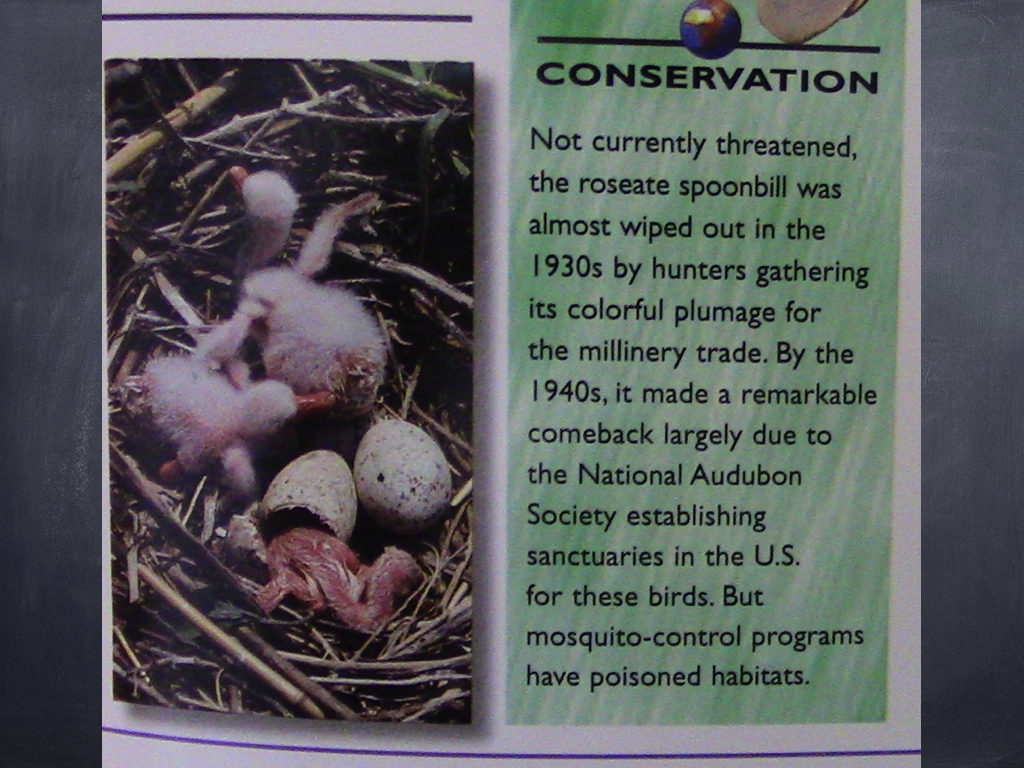
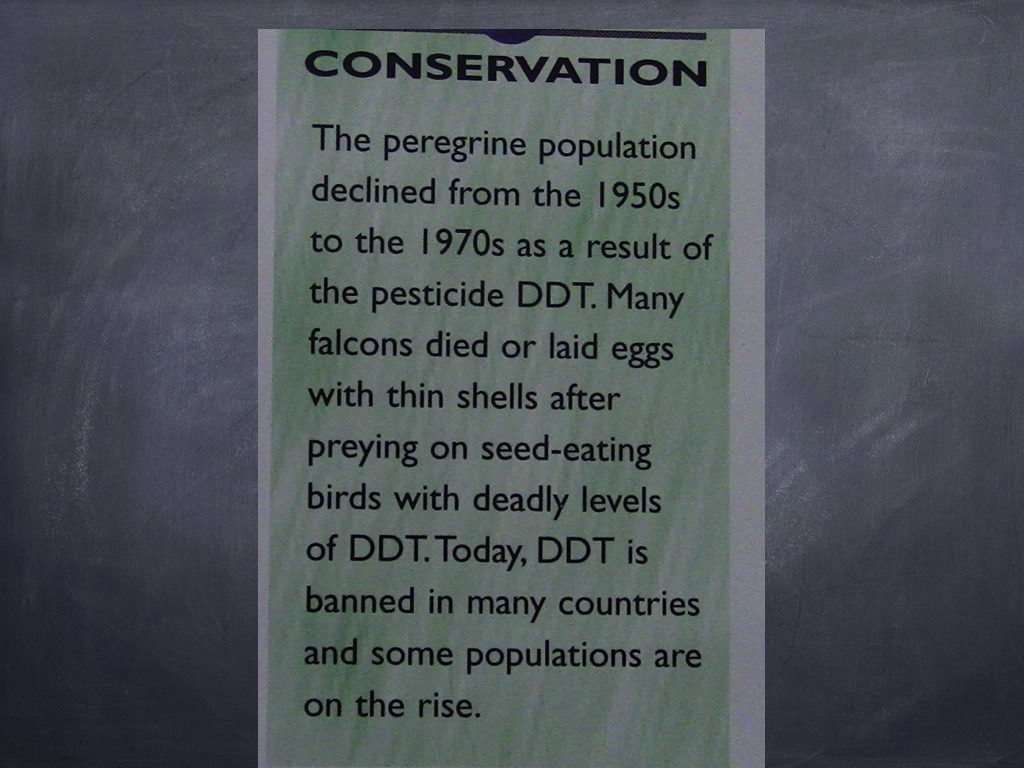
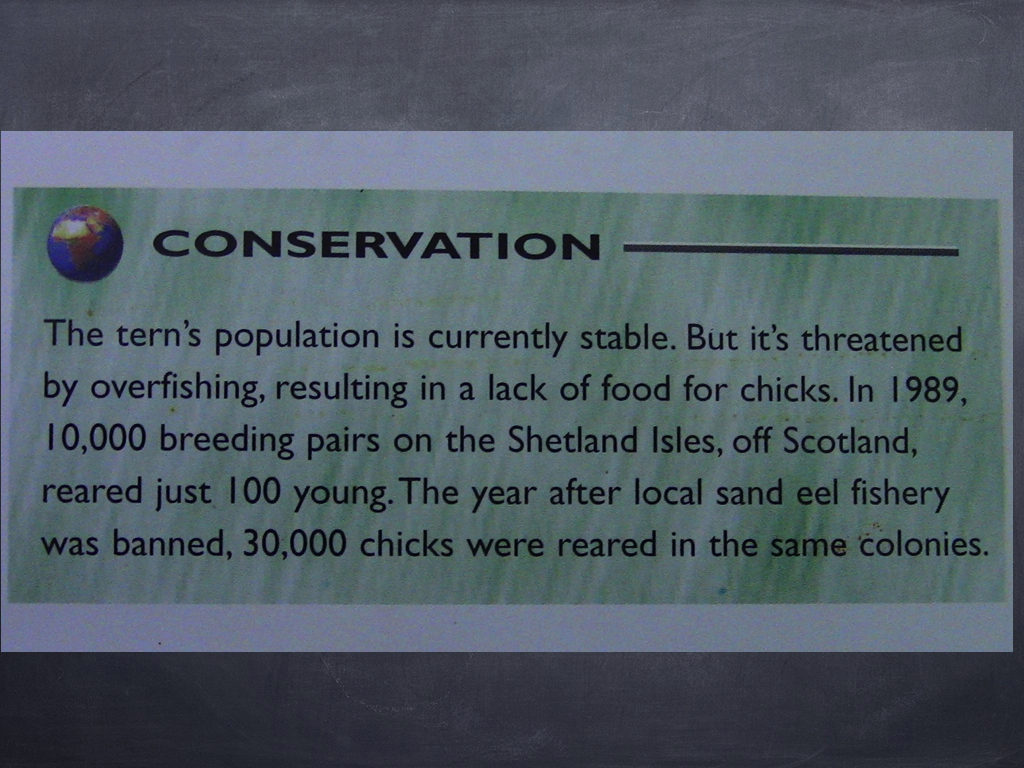
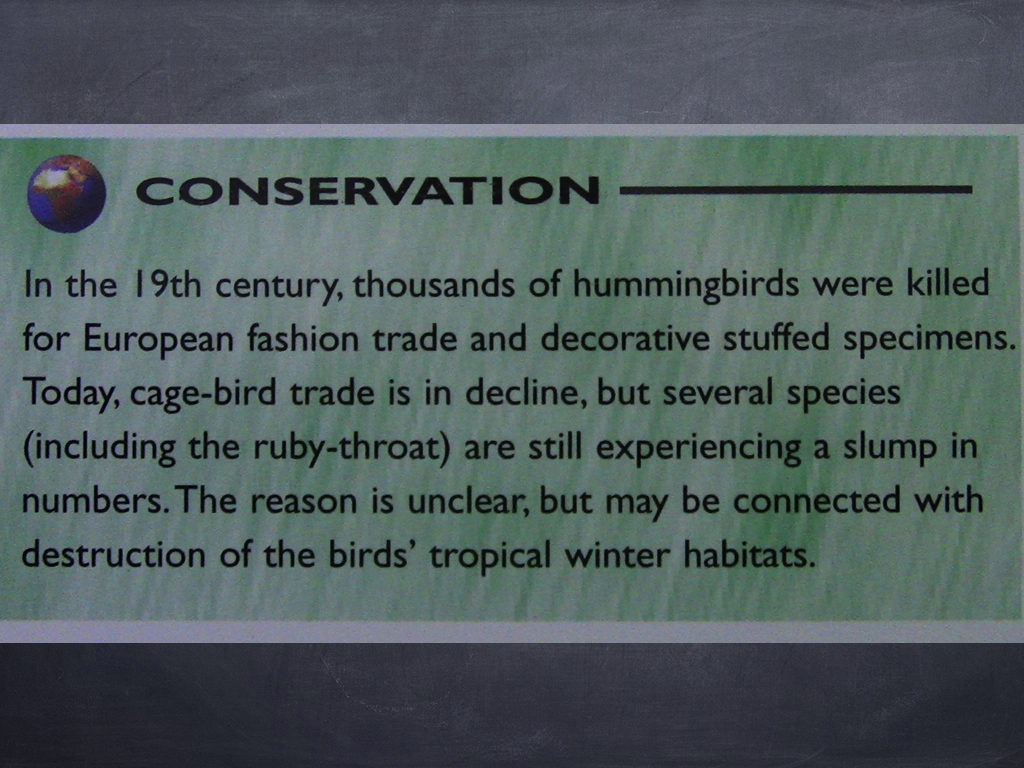

Next Episode
Click here to visit the Episode 71 page